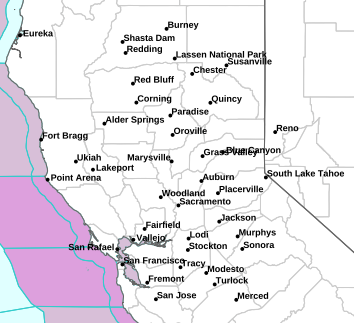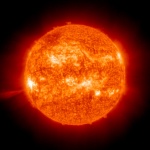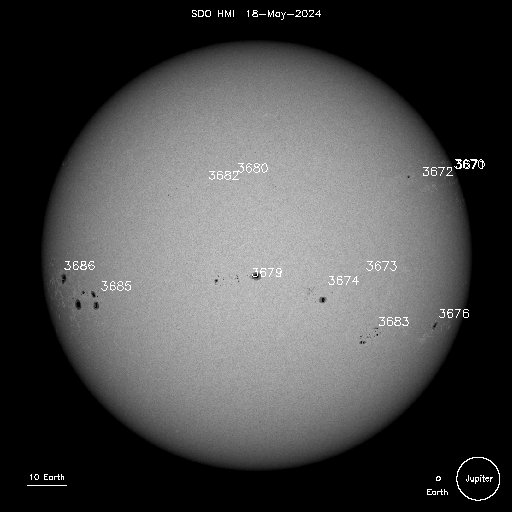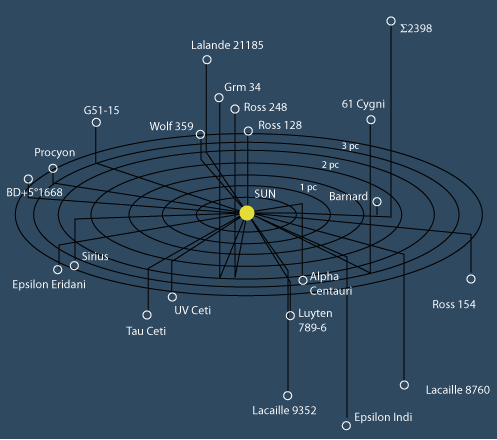


EXTENDED WARNING: Geomagnetic K-index of 4 expected
| Weather Conditions Clear skies, Dry Visibility: 10 miles |
|
|
This Icon is a Combination of Blue Canyon Airport and Data From foresthillweather.com |
|

| Advisories / Alerts |
| Severe Wx Summary! | ||||||||
 |
||||||||
|
||||||||
|
||||||||
 |
||||||||
| Sat, Apr 27, 2024 - 5:41am | ||||||||
|
|
|
|
|
|
Info Links
 |
Star Chart for Northern California |  |
|
||||||||||||
| Star Chart courtesy: AstroViewer | Monthly SkyMap | |||||||||||
| Sun/Moon Data for Foresthill California: | |||
Sunspot Activity |
Astronomical Twilight starts: 4:26 am Nautical Twilight starts: 5:03 am Dawn starts: 5:41am Sunrise: 6:15am Transit: 1:05pm Sunset: 7:55pm Dusk ends: 8:20pm Nautical Twilight ends: 8:58 pm Astronomical Twilight ends: 9:35 pm DIY Sunspot Viewer |
88%  |
Waning Gibbous Moonrise: ------- Transit: 3:44am Moonset: 8:12am Last Quarter ( May-01 ) New Moon ( May-07 ) First Quarter ( May-15 ) Full Moon ( May-23 ) |
Space Wx |
|
Astronomy Fact
The Sun produces so much energy, that every second the core releases the equivalent of 100 billion nuclear bombs.

| Color Key |
| Worse | Better | Best | Sky (including Wind) | ||||||||||
| Worse | Best | Worse | Ground |
Space Track-Satellite Passes
Notes about viewing ESVs:
When using lookangles, choose passes with high magnitudes; less than 6.0. ("Looks" are local time.)
Best viewing is when ESV is in Earth's penumbra; on the map, it's the solid line during night.
Dotted line on map denotes ESV is dark, in Earth's umbra (shadow).
Objects in orbit have to maintain a speed of at least 17,500mph, therefore ESVs traverse the sky noticeably different than aircraft.
ESVs appearing to blink are either tumbling rocket bodies, or spinning payloads with deployed solar arrays.
High-Eccentricity objects have a more ellongated orbit. Ground trace looks like a backwards C.
Regression-Ground traces will move West with each orbit due to Earth's rotation.
Script courtesy of: Lee from MadALwx. Page template and Facts script courtesy of: TNET Weather.
Page Template and Moon script courtesy of: Saratoga Weather. Graph base code courtesy of: jpGraph.
Ambient Weather VWS v14.00 Weather-Display (10.37S-(b58))
Virtual VP software Top Website Map Copyright © 2007 - 2024 Foresthillweather.com Never base important decisions on this or any weather information obtained from the Internet
 Air Quality
Air Quality







